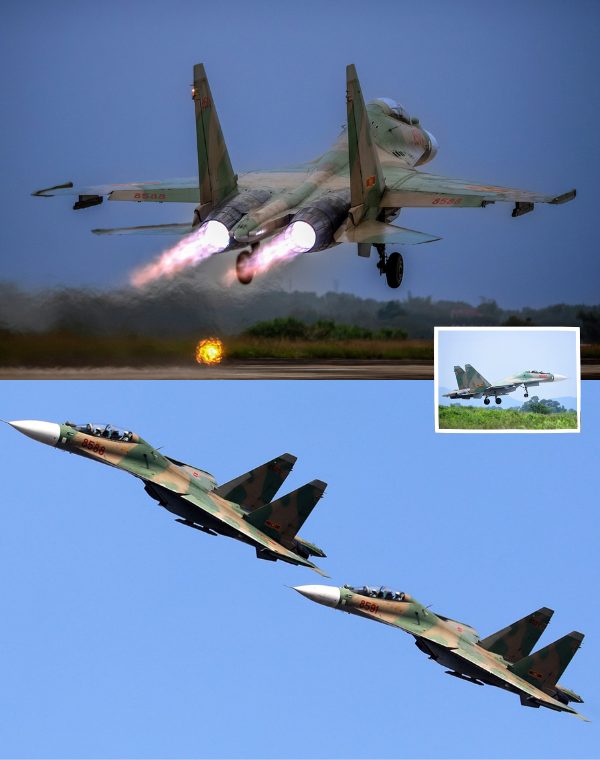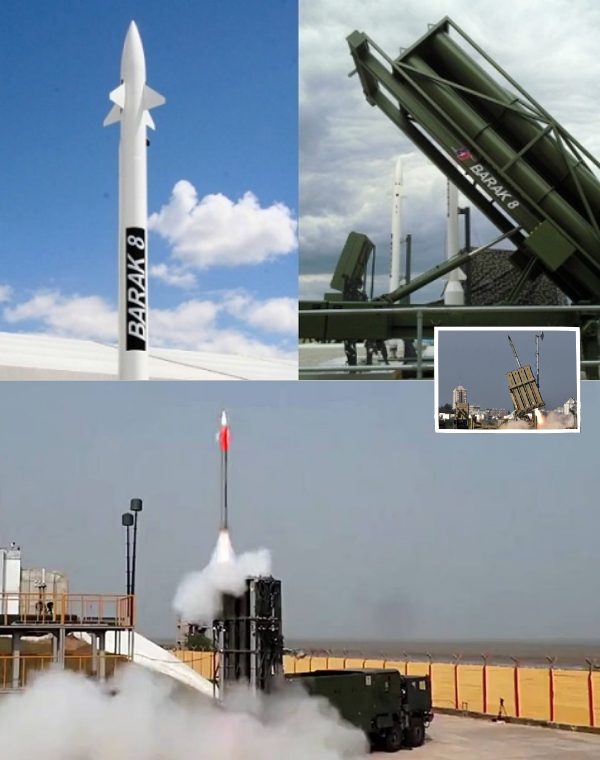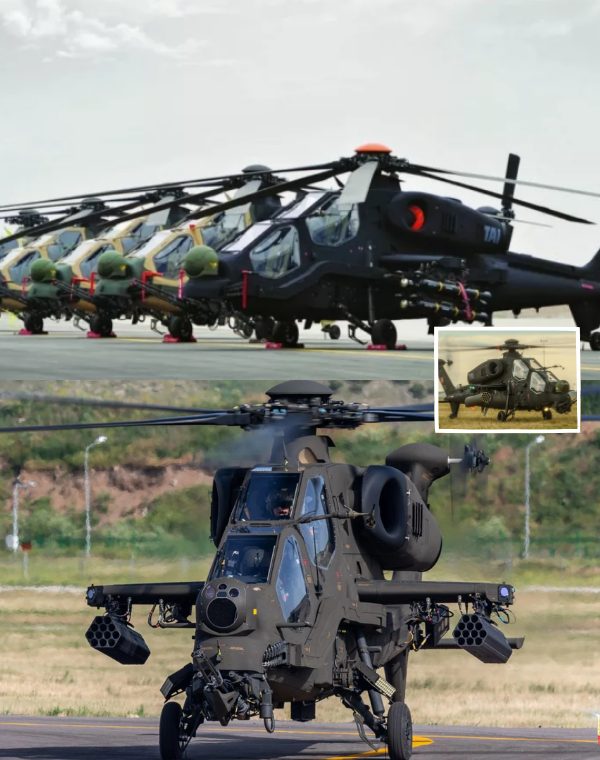China is leveraging its skillset in electric car technologies to seize a substantial share of the burgeoning global commercial flying car market. Some Chinese companies are setting their sights on launching flying cars within the current year.

Electric vertical take-off and landing (eVTOL) aircraft, capable of taking off vertically like helicopters before transitioning into a fixed-wing mode for faster travel, offer a compelling solution for efficient transportation needs.
According to analysts at Morgan Stanley, the eVTOL market is poised to reach a staggering $1.5 trillion annually by 2040, catering to diverse sectors, including airlines, logistics, emergency services, agriculture, tourism, and security operations.
China’s proactive stance in this sector is evident, with the country already dominating the eVTOL landscape. A recent report by China Merchants Securities stated that China accounted for a staggering 50% of the world’s total eVTOL models, dwarfing competitors like the US with 18% and Germany with 8%.
China’s rapid progress in the flying car domain is driven by its extensive experience and expertise in EV-related technologies, particularly battery systems.
/XPeng%20AeroHT%20X3%20concept%20design/XPeng-AeroHT-X3-concept-design.jpg) XPeng AeroHT X3 (concept design)
XPeng AeroHT X3 (concept design)
The success of eVTOL vehicles depends on batteries with a high energy density of over 400 watt-hours per kilogram of weight, a feat that Chinese battery manufacturers are well-equipped to achieve.
Leading Chinese battery manufacturers such as Contemporary Amperex Technology Co. Limited (CATL), a global leader in vehicle batteries, are spearheading the development of battery solutions tailored for eVTOL aircraft.
This gives Chinese manufacturers a competitive edge in procurement and technology adaptation. Importantly, many technologies developed for the automotive industry can seamlessly transition to the eVTOL domain, further bolstering China’s dominance.
As a result, multiple Chinese companies, such as XPeng and EHang, are aiming to commercialize flying cars this year.
For instance, XPeng AeroHT, a subsidiary of Chinese electric vehicle maker Xpeng Motors, plans to market a dual-mode electric vertical take-off and landing (eVTOL) vehicle that can operate both on land and in the air.
Qiu Mingquan, VP at XPeng AeroHT, stated that while conventional eVTOL vehicles lack ground mobility, their model offers dual functionality. The Civil Aviation Administration of China has initiated the type certification process for the aircraft, a prerequisite for commercial operation.

Pre-orders for the aircraft will open in China around October, with mass production slated for next year. Pricing is expected to be around 1 million yuan ($138,000). The goal is to reduce costs through large-scale production.
XPeng AeroHT intends to target tourism companies and outdoor enthusiasts. Additionally, plans for global expansion are underway, with a focus on markets like the Middle East.
Another Chinese company, EHang, received type certification for its EH216-S model and has commenced sales and mass production efforts. It is eyeing partnerships with hotels and tourism businesses in regions like the Middle East and Southeast Asia.
Factors Fueling China’s Triumph In eVTOL Market
The race for dominance in the nascent flying taxi industry has escalated in recent years, drawing billions of dollars in investment from startups worldwide, including the US, Europe, and, notably, China.
As established aviation giants like Boeing and Airbus vie for a slice of the market, Beijing sees an opportunity to cultivate high-value jobs, drive innovation in science and technology, and stimulate its national economy through what policymakers are terming the “low-altitude economy.”
This recognition of the emerging market was underscored during the annual Central Economic Work Conference last December, cementing China’s commitment to harness the potential of urban air mobility.
While Western companies also delve into this space, they encounter hurdles navigating through stringent regulations and safety protocols, impeding their progress beyond the testing phase into operational deployment.
In contrast, Chinese companies are forging ahead, propelled by a trifecta of factors. First, China’s regulatory environment proves more accommodating, fostering an environment conducive to innovation and experimentation in the low-altitude economy.

Second, technological breakthroughs in eVTOL aircraft are propelling Chinese firms to the forefront of the industry. Finally, fierce competition within China’s logistics sector has driven companies to seek novel solutions, including aerial transportation, to optimize efficiency and meet growing demand.
With the sector estimated to have reached $69 billion in 2023, authorities aim to catalyze its growth to a staggering $278 billion by 2030. Such ambitions are backed by concrete action, including the establishment of flightpaths designated for eVTOL aircraft by local governments.
One example of China’s progress in this arena is AutoFlight, a leading flying taxi company, which has been developing its five-seater Prosperity eVTOL aircraft for over two years.
In a crucial milestone, AutoFlight announced in February that its air taxi completed “the world’s first inter-city electric air-taxi” flight between the cities of Shenzhen and Zhuhai in southern China.
Covering the 50-km route across the Pearl River Delta in a mere 20 minutes, the Prosperity eVTOL showcased the transformative potential of urban air mobility, reducing travel time from hours to minutes.
The company utilized one of the 100 designated flight routes established by local authorities for eVTOL aircraft, showcasing the active involvement of local authorities.
Viewed using Just Read
Report an error





